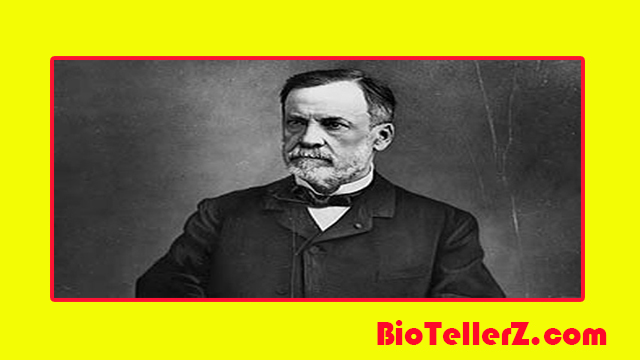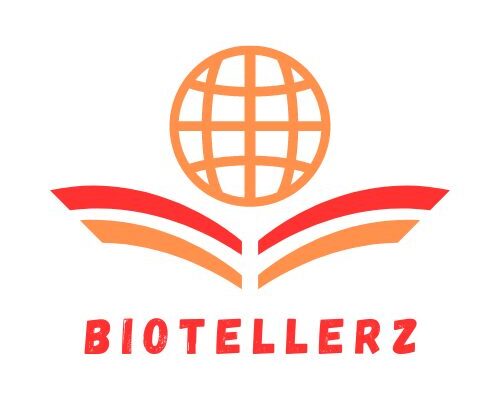
The late Louis Pasteur.
Early Childhood Education
As a sergeant major and tanner during the Napoleonic Wars, Pasteur’s father, Jean-Joseph Pasteur, was awarded the Legion of Honor. The young Pasteur’s ardent patriotism, which would later serve as a defining trait of his personality, was probably instilled in him by this fact. Although Louis Pasteur in his early years did not achieve academic success, he had artistic talent for painting and drawing. He painted pastel portraits of his parents and friends when he was 15 years old; these portraits were later displayed in the Pasteur Institute museum in Paris. He finished his elementary education in Arbois, where his family had moved, and secondary education in the neighboring city of Besançon, where he earned his bachelor of arts degree
Fructose Fermentation
Pasteur received permission to enroll in the École Normale Supérieure, a school for teachers, in 1843. He attended the French chemist’s lectures and assisted Jean-Baptiste-André Dumas in his classes. Before going on to further his education in the physical sciences, Pasteur received a master’s degree in science in 1845. Pasteur began working as a physics instructor at the Lycée de Dijon in 1848 but soon changed to teaching chemistry after earning his doctorate in the sciences in 1847. Strasbourg University. On May 29, 1849, he married Marie Laurent, a student at the university and the daughter of the rector. Five kids were born to the couple, but only two of them survived to adulthood.
Inconsistency Molecules
The polarized light response of tartrates and paratartrates was previously demonstrated by German chemist Eilhardt Mitscherlich. Tartrates rotated the plane of polarized light, not paratartrates. Shortly after receiving his degree from the École Normale Supérieure, Pasteur was puzzled by this discovery. This was unusual because the chemical properties were the same in both compounds. Pasteur noted the asymmetrical forms of the tartrate crystals in accordance with their optical asymmetry. Unexpectedly, he found that crystalline paratartrate was composed of a number of different crystals arranged in a right-handed orientation. But when he manually divided these crystals, he found that they had a right and left asymmetry. In other words, an appropriate ratio of both right and left crystals was used to achieve optical inactivity. Thus, optical activity revealed the existence of molecular asymmetry, which is the foundation of stereochemistry. Pasteur made this discovery. The following ten years were spent by Pasteur researching how organic materials could rotate the polarized light plane. He also studied the relationship between crystal and molecular structure. Asymmetry was one of the fundamental characteristics of living matter, according to his studies, which convinced him of this.
Fermentation Process
At the University of Lille, Pasteur was named professor of chemistry and dean of the science faculty in 1854. While he was employed by Lille, he was asked to assist in assisting in finding solutions to problems with the production of alcohol at a nearby distillery, and as a result he began a number of studies on alcoholic fermentation. As a result of his work on these problems, he got involved in resolving a lot of other practical and monetary fermentation-related problems. He made an effort to solve the majority of these puzzles, and as a result, new theoretical implications were produced. Pasteur researched a wide range of topics related to fermentation, such as the production of chemicals like lactic acid that turn milk sour. Additionally, he looked into butyric acid fermentation.
Pasteur Impact
Additional evidence that particular organisms were involved in the process was provided by Pasteur’s investigations into the fermentation of butyric acid. Through his research, Pasteur made the astonishing discovery that the fermentation process could be stopped by adding air (or oxygen) to the fermenting liquid. The Pasteur effect now refers to this phenomenon. He reasoned that the existence of a life form that could only exist without oxygen was the reason for this. He therefore created the words aerobic and anaerobic to designate organisms that can live with or without oxygen, respectively. He also proposed that the putrefaction-related phenomena are caused by a particular type of germ that can survive in anaerobic conditions.
Pasteurization
When Pasteur applied his knowledge of microbes and fermentation to the French wine and beer industries, they were in danger of failing due to problems with production and contamination that occurred during export. In 1863, Pasteur looked into wine contamination at Napoleon III’s request and found that microbes were to blame. Pasteur sterilized wine by heating it to a temperature of 50–60 °C (120–140 °F), which is now known as pasteurization, to prevent contamination. Considering that pasteurization destroys the microorganisms that promote aging, it is no longer commonly used for wines that benefit from aging, but it is frequently used for other foods and beverages, most notably milk.
Related Posts
Donald Trump – Best Guide in 2023
